 | Hey all, Last June, I wrote up a doc that contains all important info about Ethereum for my close friends to read who were just getting started up in cryptocurrency. What it covers:
*Disclaimer\* For starters, this is extremely long (you'll be scrolling for a while), and since this was originally just for my friends, I didn't bother citing any sources -- about 30ish percent of this is paraphrased from other sources (other than my own knowledge), with a bit of copy pasting. Some of the info may be outdated/incorrect as well. Enjoy! What is Ethereum? Ethereum is a decentralized blockchain that establishes a peer-to-peer network that allows for the execution of code through “smart contracts” and the movement of assets to anywhere in the globe in the matter of minutes. All data is kept on a digital ledger, i.e. the Ethereum blockchain, and is available to anyone, anywhere. All data on the Ethereum blockchain can be scanned and audited through https://etherscan.io/. What is Ether? Ether, the native token for the Ethereum blockchain, powers and allows for transactions on the blockchain. This token allows for the execution of code - “smart contracts”, the transferring of other tokens on Ethereum, and the transfer of Ether itself. When a transaction is submitted, users will pay a small transaction “gas fee” in Ether for the transaction to go through. This fee incentives miners to process and verify transactions on the blockchain. What is an Ethereum Wallet? An Ethereum wallet is a “wallet” that allows you direct access to your assets on the Ethereum blockchain, allowing for transfers of these assets or tokens. When creating an Ethereum wallet, you will be asked to write down a set of 12-24 words that consist of your seed phrase. These words, if imported into a wallet, allow for direct access of your assets in that wallet. Never share this phrase, as if you do, your assets can be stolen. Next, you will be provided with your public Ethereum address. This will consist of numbers and letters, starting with a “0x.” Your address allows for you to receive assets on the blockchain, like your home address letting you receive mail. This address can be seen publicly on the blockchain, along with the assets it holds. Wallets are controlled through a private key, or the wallet’s “password.” This key allows for assets to be moved in or out of a wallet. When sending a transaction, the transaction is signed with your private key, allowing for the withdrawal of assets from your wallet. This also must be never shared with anyone. What is Mining? Ethereum mining is the process in which large amounts of computer hardware is used to solve cryptographic “hash” functions in order to validate transactions on the Ethereum network. Without mining, the decentralized nature of the blockchain would allow for fraudulent transactions to be submitted and validated. When mining, if the correct cryptographic hash is solved, then miners have found a “block.” This block rewards miners for validating and securing the network. On average, miners are rewarded with 2.1 Ether when a block is found, roughly every 14 seconds. Overall, through Ethereum mining, the Ethereum blockchain is secured and all transactions can be validated. *Updated 4/1/2023: As of Sept. 15 2023, Ethereum has now moved to Proof-of-Stake consensus* What is Gas? Ethereum gas refers to the amount of effort required to execute and validate operations/transactions on the Ethereum blockchain. Since each transaction requires computational resources to execute, these transactions require a fee, known as the “gas fee.” The more effort required to execute operations on the blockchain, the higher the “gas fee” required to execute the operation. These “gas fees” are paid in the Ethereum blockchain’s native token, Ether. Gas prices are denoted in gwei, a unit of Ether that is equal to 1 billionth of an Ether, (10-9 ETH). These gas prices vary depending on network congestion and usage. In order to calculate the cost of a transaction on the Ethereum Blockchain, you must first take the current gas price (in gwei), multiply it by the amount of gas needed to complete the transaction, and divide by 1 billion. For example, a transfer of Ether costs 21,000 gas. At 100 gwei, this transaction will cost 0.0021 Ether. ((100 gwei * 21,000 gas)/1,000,000,000) What is a Transaction? A transaction denotes the execution of code through “smart contracts”, movement of Ether, or movement of other tokens on the Ethereum blockchain. There are 3 different types of transactions:
There are 12 different parts to a transaction:
The Life Cycle of a Transaction:
What is a Smart Contract? Smart contracts are forms of digital agreements that automatically execute when the terms of the contract are met. These smart contracts are coded using the Solidity coding language. Once deployed on the Ethereum blockchain, they cannot be altered, meaning that these contracts are immutable. Smart contracts remove any need for trust, as the outcome of the contract is automatically executed when the conditions of the contract are met. They are precisely executed based on the conditions written within the contract’s code. This means that a specific contract will produce the same result 100% of the time when its conditions are met. Smart contracts are public record, available for anyone to see on the Ethereum Blockchain. This makes them useful for auditing and tracking, allowing for anyone to review the contract’s code, instantly track asset transfers, and any other useful information. Since smart contracts can be coded for almost any desired outcome, there are many use cases for them. These can include:
To see examples of smart contracts, you can watch the following video: https://www.youtube.com/watch?v=pyaIppMhuic What are Tokens? Tokens are transferable digital assets built on top of the existing Ethereum blockchain. They can be moved through transactions on the Ethereum blockchain using the native token, Ether. Using smart contracts, different types of Ethereum tokens can be created, all with different, unique use-cases: According to ethereum.org, here are some of the most popular token standards on Ethereum: ERC-20 - A standard interface for fungible (interchangeable) tokens, like voting tokens, staking tokens or virtual currencies. ERC-721 - A standard interface for non-fungible tokens, like a deed for artwork or a song. ERC-777 - ERC-777 allows people to build extra functionality on top of tokens such as a mixer contract for improved transaction privacy or an emergency recovery function to bail you out if you lose your private keys. ERC-1155 - ERC-1155 allows for more efficient trades and bundling of transactions – thus saving costs. This token standard allows for creating both utility tokens (such as $BNB or $BAT) and Non-Fungible Tokens like CryptoPunks. ERC-4626 - A tokenized vault standard designed to optimize and unify the technical parameters of yield-bearing vaults. What are Stablecoins? Stablecoins are ERC-20 tokens based on the Ethereum blockchain that attempt to peg their market price to an external reference, usually the United States Dollar (USD). There are 3 different types of stablecoins:
What are NFTs? An NFT (Non-Fungible Token) is a token on the Ethereum blockchain that represents ownership of unique, digital items. NFTs are one of a kind, and since they are verified and secured by the Ethereum blockchain, their ownership cannot be modified nor can they be copied. NFTs can only have one owner at a time. Ownership is managed through the ID of the token and the metadata that is stored for the token itself. Such NFTs are minted through smart contracts that assign ownership of the NFTs to the specified wallet and outline the steps as to how the NFT can be transferred. The process of creating an NFT is known as “minting.” NFTs have unique properties:
NFTs can also be used to make Ethereum wallet addresses easier to read, through the Ethereum Name Service (ENS). Users can mint a memorable name that ends with “.eth” that allows for the easy transfer of assets to your address rather than having to deal with random numbers and letters. For example you can send Ether to mywallet.eth, rather than 0x123456789… Since NFTs are ultimately tokens, they are created on certain token standards, namely the ERC-721 token standard. These token standards are created by coding smart contracts, and can be coded in certain ways that save “gas” when minting the NFTs or transferring them. New contracts are being created constantly, and certain methods of coding them have come up for debate, namely the ERC-721A token standard developed by the NFT project “Azkui” and the ERC-721 Enumerable token standard. Below is an analysis on both the ERC-721A token standard and the ERC-721 Enumerable token standard: The first project to explore ERC721A for batch NFT minting was Azuki in early January of 2022. This allowed for a less costly minting experience for investors. For minting one token via ERC721 Enumerable, it would cost roughly 155k in gas, compared to 75k gas for one token via ERC721A.ERC721 Enumerable tokens add roughly 155k gas per token minted in every transaction, while ERC721A tokens add an additional 2k gas. This means that for one ERC721 Enumerable token to be minted, roughly 41 total ERC721A tokens could be minted for the same amount of gas.Not only is less gas used per transaction, using less of each block’s 30 million gas limit, but less strain is put on the Ethereum network, resulting in less network congestion and greatly reduced gas fees.There are some assumptions to be made:
With this, the following optimizations can be made:
There are two different types of blockchain transactions, those being writes and reads.Generally, write transactions occur when you update the blockchain state (transfers, NFT mints). These cost more than reads, the act of requesting to look at existing data (signatures). When you reduce the amount of work or data to send write transactions on the blockchain, you reduce the amount of gas used for the transaction, therefore reducing the cost of the transaction. Now let’s take a look at Yuga Lab’s Otherdeed for Otherside mint:During the mint, we saw record Ethereum gas spikes in the 8,000-10,000 gwei range. To put these massive gas prices into perspective, a normal Ethereum transfer uses 21,000 gas. At 8,000 gwei, this means that 0.168 ETH was needed for the transaction ((21,000 x 8,000)/1 billion). With Otherdeed’s use of their ERC721 Enumerated contract, the Ethereum network was clogged, allowing for the massive spike in transaction fees. Lets use transaction 0xecbdbf83bd78446281d9d4dfef56db80a14ee660bcebfe540ab13909822846cd as an example.For the minting of two parcels of land (otherwise two tokens), this transaction used 356,884 gas. At the approximately 7,918 gwei this transaction was conducted at, it cost the investor 2.78 ETH to mint, over $7800 at the time. Now, if the contract had been optimized using batch minting from ERC721A, the transaction would have used around 80k gas. At the same 7,918 gwei, the transaction would have cost 0.633 ETH, saving the investor 2.14 ETH, over $6000 at the time.According to CaptainDefi.eth, 39,194.05 ETH in gas would have been saved if the Otherdeed for Otherside contract was ERC721A Optimized. However, there are a few counter arguments for the use of ERC721A contracts:
Overall, the benefits of gas savings while minting ERC721A tokens outweigh the few downsides. Especially for large projects, the congestion of the Ethereum network can be limited through the use of ERC721A and can allow for those who need to use the network for reasons other than minting NFTs to do so without the risk of paying large sums of money for simple erc-20 token transfers. Lastly, the Copy/Paste problem arises within NFTs, with naysayers often saying that they can easily screenshot an NFT can say that they now have the image for free. Although they may feel that this is true for them, ultimately owning the real NFT will always have more value than not owning it, as the market will make the token more valuable as it is screenshotted and shared among society. What are Decentralized Exchanges? Decentralized exchanges, also known as DEXs, are peer-to-peer marketplaces where cryptocurrency can be traded without the use of a third party or custodian. Transactions are facilitated through self-executing smart contracts. Differing from centralized exchanges, also known as CEXs, users can directly trade from their wallets by interacting with such smart contracts through the decentralized exchange. DEXs on the Ethereum blockchain are built upon smart contracts. Traders interact with these smart contracts when trading on a DEX, submitting a transaction, which incurs a transaction fee along with a trading fee. Through DEXs, users have access to swap Ether or any other ERC-20 token to any ERC-20 token, small or large. This means that traders have access to new and upcoming token projects before they are listed on centralized exchanges. However, some of these tokens can be scams, with the most common scam being a “rug pull,” when the team behind the project (who own most of the supply of the token) sell all the tokens that they own, removing all liquidity from the token and effectively dumping the price of the token to 0. In Addition, through the use of DEXs, traders can remain completely anonymous, therefore they don’t have to complete the identification process used by centralized exchanges known as Know Your Customer (KYC), which collects the personal information of the trader which can then subject them to taxation under their country’s government.Lastly, DEXs mitigate counterparty risk, where the other party involved in a transaction does not fulfill their end of the agreement. Since DEXs run on smart contracts which do not operate with intermediaries, this risk is eliminated.What are Liquidity Pools? A liquidity pool is a pool of tokens and cryptocurrencies that are located within a smart contract that facilitates trades on a Decentralized Exchange. Instead of the traditional “Order-Book” model, DEXs use Automatic Marker Makers, which allow for tokens and cryptocurrencies to be traded automatically through the smart contracts with the use of liquidity pools. In order for trades to be executed without the traditional “Order-Book”, people must provide liquidity to these smart contracts. For example, on the Ethereum blockchain, liquidity providers will provide an even ratio of Ether to USDC for the Ether/USDC trade or “swap.” When the Ether and USDC is given to the pool, the liquidity provider will receive “ETH/USDC LP” tokens for providing liquidity. Now, when token trades or swaps occur on DEXs, the traders are able to trade their tokens instantly. However, they are charged a slight fee for doing so. This fee is then proportionally distributed amongst the LP token holders, incentivizing those who have provided liquidity. Overall, providing liquidity to a liquidity pool can yield lucrative returns for the person who provided liquidity, incentivizing more and more investors to provide liquidity. In doing so, as more people provide liquidity, the more stable the prices of the tokens are when swapping from one to another. If there isn’t enough liquidity for the pool, then the problem of slippage arises. According to the nasdaq, “slippage occurs in cryptocurrencies is a lack of liquidity. Some cryptocurrencies are not traded very often due to their lack of popularity or newness compared to other cryptocurrencies. As a result, the spread between the lowest ask and the highest bid is wide, causing dramatic changes in the price suddenly — before an order that has been entered can be executed.” “When an asset has low liquidity, it means it cannot be easily converted to [Ether]. Less popular cryptocurrencies are somewhat illiquid because there may not always be buyers for them, meaning they can’t be converted into [Ether] if no one wants to buy them. Low liquidity can cause significant slippage because with so few buyers, the number of asking prices will be few as well.” What are Bridges? A blockchain bridge, also known as a cross-chain bridge, connects two blockchains and allows for users to send cryptocurrency from one blockchain to another. Since blockchains can be polar opposites from each other, it can make it hard to transfer one cryptocurrency from one blockchain to another. However, blockchain bridges solve this problem through the use of enabling token transfers, smart contracts, and data exchanges. For example, if you have bitcoin and would like to transfer/spend part of it on the Ethereum blockchain, you can use a bridge that locks part of your bitcoin and “wraps” it on the Ethereum blockchain, giving it the functionality of an ERC-20 token on Ethereum. Overall, blockchain bridges allow for the smooth transfer of cryptocurrencies and other related tokens from one blockchain to another without the use of a centralized exchange or third party, keeping investors safe and minimizing any need for verification of ID or KYC. What is Governance? Since entire blockchains are in theory supposed to be decentralized, the problem of how decisions are made and implemented or “governance” becomes a problem. On the Ethereum blockchain, governance is completely decentralized, meaning that no single entity can make changes or decisions. In order to make a change or improvement to the Ethereum blockchain, the consent of developers, miners, and Ether holders are required to implement any changes on the Ethereum blockchain. For other projects on the Ethereum blockchain itself, governance and proposals can be handled through voting systems like DAOs, giving the holders of a specific “governance token” one vote per token held from that project. What are DAOs? With governance comes the problem of how decisions must be made. To combat this problem, Ethereum developers have created Decentralized Autonomous Organizations, or DAOs. According to ethereum.org, “DAOs are an effective and safe way to work with like-minded folks around the globe. Think of them like an internet-native business that's collectively owned and managed by its members. They have built-in treasuries that no one has the authority to access without the approval of the group. Decisions are governed by proposals and voting to ensure everyone in the organization has a voice.” Within a DAO, proposals or upgrades can be voted upon, and with enough votes from the developers, miners, and Ether holders, or other governance token holders, the proposal can be approved, then being executed by the smart contract that is the DAO. What are Ethereum Improvement Proposals? Ethereum Improvement Proposals are standards that specify potential new upgrades or features for the Ethereum blockchain. Anyone can create an EIP, however, the person that does so must follow the EIP process when submitting a proposal. EIPs are paramount in making any changes to the Ethereum blockchain. They allow for people to discuss, amend, or adopt changes. According to ethereum.org, “along with providing a technical specification for changes, EIPs are the unit around which governance happens in Ethereum: anyone is free to propose one, and then various stakeholders in the community will debate to determine if it should be adopted as a standard or included in a network upgrade.” An example of a recent EIP was EIP-1559, which allows for Ethereum users to specify a certain gas fee and a miner “tip” when submitting transactions, allowing for transactions to be included in the next block. The base fee is then burned, but the miner “tip” is paid out to the miners. What are Layer 2s? Layer 2 is the term used for the solutions used to help scale an application on the Ethereum blockchain by processing the transactions off the Ethereum mainnet (Layer 1), while maintaining the decentralization and security as the mainnet. Layer 2s are important as they allow for increased throughput, increased scalability, and reduced gas fees. In contrast to the Ethereum mainnet (layer 1), which can validate roughly 13-14 transactions per second with expensive gas fees, these Layer 2s can validate hundreds to thousands of transactions per second with cheap gas fees (usually fractions of a cent). What is the Merge? The merge outlines when the Ethereum mainnet combines with the beacon chain, moving the security system of blockchain from Proof-of-Work (mining) to a Proof-of-Stake system. This is expected to happen in Q3 or Q4 of 2022, effectively putting an end to mining. In doing so, the Ethereum blockchain will become more sustainable and eco-friendly, as all mining equipment (computers) will no longer guzzle up electricity in order to maintain the security of the blockchain. *Updated 4/1/2023: Ethereum successfully completed the merge on September 15, 2022 at 11:34:47am UTC* What is Proof-of-Stake? Rather than expending energy through mining (proof-of-work) to secure the Ethereum blockchain, the proof-of-stake model uses validators who “stake” their capital in the form of Ether into a smart contract on the Ethereum blockchain. This “staked” Ether then becomes collateral that can be burned or destroyed if the validator behaves fraudulently or slowly. The validator is responsible for checking that new blocks are valid, along with sometimes getting chosen to create new blocks themselves.In order to create or participate as a validator, a user must deposit 32 Ether into the deposit contract and run three different software on a computer: an execution client, a consensus client, and a validator. Once activated, validators check to see if a block and the associated transactions included in the block are valid, and if they are, the validator sends a vote (attestation) in favor of the block across the network. Advantages to Proof-of-Stake:
Common Terms and Vocabulary: Airdrop: An NFT or cryptocurrency that is automatically sent to your wallet for free. Airdrops are commonly used in the NFT space to attract investors. Alpha: A group of investors that gets limited access to new projects or calls to invest. You usually must pay a monthly fee to join these “alpha groups.” Bearish: A bear market is triggered when the market falls 20% from a previous high over an extended period of time. Bears are pessimistic about the future and expect the market to fall. Bullish: A bull market is a sustained rising market, sometimes defined as a 20% rally from a recent low. The term can also be used regarding bonds, currencies and other securities. Bulls are optimistic the market will continue to rise in the future and are likely to buy stocks. Blue Chip: Well-known and usually highly-valued NFT projects. Examples of blue chips include Bored Ape Yacht Club or Moonbirds. Burn: To destroy an NFT or cryptocurrency. This can either be done to get rid of an NFT or to reduce supply. The burn address is: 0x000000000000000000000000000000000000dEaD dApps: A decentralized application (dapp) is an application built on a decentralized network that combines a smart contract and a frontend user interface. On Ethereum, smart contracts are accessible and transparent – like open APIs – so your dapp can even include a smart contract that someone else has written. DAO: DAOs are member-owned communities without centralized leadership, which means that they are not governed by one single person or entity. Instead, the rules and governance are coded in smart contracts on the blockchain and changes can only be made through voting by the members of the DAO. DEX: A decentralized exchange (or DEX) is a peer-to-peer marketplace where transactions occur directly between crypto traders. Diamond Hands: Refers to people who hold on to an asset despite price volatility, negative news, poor market sentiment and FUD. Doxxed: When the identity of an NFT team member, dev or creator is public, known or verifiable. In the context of an NFT project, when the founding team has been doxxed, it’s a sign of confidence and transparency that ensures investors will not be scammed by an anonymous creator. ENS: The Ethereum Name Service, or ENS, is a distributed technology based on the Ethereum blockchain that provides an elegant solution to long and confusing crypto addresses: one URL, just like a website name or email, that represents a crypto address. Etherscan: A block explorer that allows you to explore and search the Ethereum blockchain for transactions, addresses, tokens, prices and other activities taking place on Ethereum (ETH) blockchain. Flip: To buy and quickly sell an NFT or other digital collectible for a profit. Floor: The “floor” or “floor price” of a project is the lowest price you can buy an NFT from the collection on the secondary market. Gas: Gas refers to the unit that measures the amount of computational effort required to execute specific operations on the Ethereum network. Since each Ethereum transaction requires computational resources to execute, each transaction requires a fee. Gas refers to the fee required to conduct a transaction on Ethereum successfully. KYC: Acronym for Know Your Customer. It is a common process in which companies verify their users’ identities by requesting a series of personal information (e.g. passport/government-issued ID, selfie, contact number and residential address) to comply with KYC regulations. L2: Layer 2s are scaling solutions that operate on top of an underlying blockchain protocol (e.g. Ethereum) to improve its scalability and efficiency. Metadata: The metadata of an NFT is the necessary and unique data that make up the NFT and defines how it looks. Metaverse: A network of 3D virtual worlds focused on social connection. It’s typically a combination of multiple elements of technology, including virtual reality, augmented reality and video. Minting: The creation of an NFT. OS: Shorthand for OpenSea, the largest secondary NFT marketplace. Paper Hands: The opposite of ‘diamond hands’. It refers to someone who sold something (usually an NFT) at a price that’s perceived to be too low.Private Key: A private key is a variable in cryptography that is used with an algorithm to encrypt and decrypt data. In cryptocurrency, private keys are also used to sign transactions and prove ownership of a blockchain address. Pump and Dump: A pump occurs when a person or a group of ‘whales’ buy or convince others to purchase large quantities of a crypto or an NFT to drive up the price to a peak. When the price peaks, these people sell their position high (quickly and all at once) for a hefty profit, therefore dumping the price. Slower investors or newbies who bought in at the peak price may find themselves at a loss. Royalties: Money earned by an NFT creator through the token’s resale. Rugpull: A rugpull is essentially a scam where the team behind a seemingly legitimate project disappears with all the money raised immediately after launch. While you might get an actual NFT or the tokens you purchased, they’ll most likely be worthless. Secondary Market: Also called the aftermarket, a secondary market is the financial market where investors trade their assets with other investors rather than from issuing companies themselves. For NFTs, they can be sold or purchased on the secondary market after minting. Examples of popular secondary markets are OpenSea and Rarible. Shilling: The promotion of an NFT project in an attempt to attract investors, usually involving spam. Smart Contract: An agreement that automatically executes when predetermined conditions are met. They’re enforced on the Ethereum Blockchain, are irreversible, and are not subject to change. Solidity: The coding language used for the Ethereum Blockchain, primarily used to code smart contracts. Sweeping: To buy all the NFTs on a secondary marketplace that are listed below the desirable “floor” price. Tokenomics: A word coined by combining “token” and “economics”. Tokenomics include statistics, quality and data of a token that may interest investors. Web3: Web3 (also known as Web 3.0 and sometimes stylized as web3) is an idea for a new iteration of the World Wide Web based on blockchain technology, which incorporates concepts such as decentralization and token-based economics. Whale: Someone with a lot of capital, usually in the form of cryptocurrencies and NFTs who can single handedly move markets up and down through the purchase or selling of large amounts of a cryptocurrency. Whitelist: Often abbreviated as “WL”, a whitelist “spot” usually allows you to mint an NFT from an NFT project for a reduced price and before the general public. AMA: Short for “ask me anything.” Usually a live voice chat with the creators of a project with the goal to answer all of the questions within the community. AFAIK: Short for “as far as I know.” ATH: Acronym for “all time high.” ATL: Acronym for “all time low.” BTD: Acronym for “buy the dip.” Ded: A misspelling of “dead”, usually used when a project turns out to be a scam or has “died.” DYOR: Acronym for “do your own research.” FOMO: Acronym for “fear of missing out.” Fren: A misspelling of “friend.” FUD: Acronym for “fear, uncertainty, and doubt.” Fudder: Someone who spreads “FUD” about an NFT project. HODL: A misspelling of the word hold, also an acronym for “hold on for dear life.” ICYMI: Acronym for “in case you missed it.” IDK: Acronym for “I don’t know.” IRL: Short for “in real life.” LFG: Short for “let’s f**cking go!” Moon: Someone hoping for an NFT or cryptocurrency’s value to skyrocket. NFA: Acronym for “not financial advice.” OG: Short for “original.” Usually someone who’s an OG is highly regarded by the community. Pumping: Means a token or NFT’s value is significantly increasing. Snipe: To buy or transfer a cryptocurrency or NFT at a low price.WAGMI: Short for “we’re going to make it.” Wen: A misspelling of “when.” YOLO: Acronym for “you only live once”, used to express that you should live in the moment rather than worrying about the future. Annnnd last thing, none of this was written by an AI. about 7 hours of typing and research over the course of 2 days Hope you enjoyed! [link] [comments] |

You can get bonuses upto $100 FREE BONUS when you:
💰 Install these recommended apps:
💲 SocialGood - 100% Crypto Back on Everyday Shopping
💲 xPortal - The DeFi For The Next Billion
💲 CryptoTab Browser - Lightweight, fast, and ready to mine!
💰 Register on these recommended exchanges:
🟡 Binance🟡 Bitfinex🟡 Bitmart🟡 Bittrex🟡 Bitget
🟡 CoinEx🟡 Crypto.com🟡 Gate.io🟡 Huobi🟡 Kucoin.
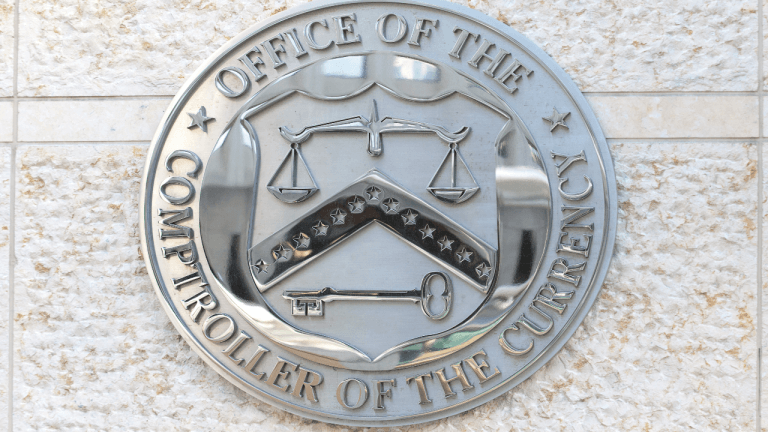



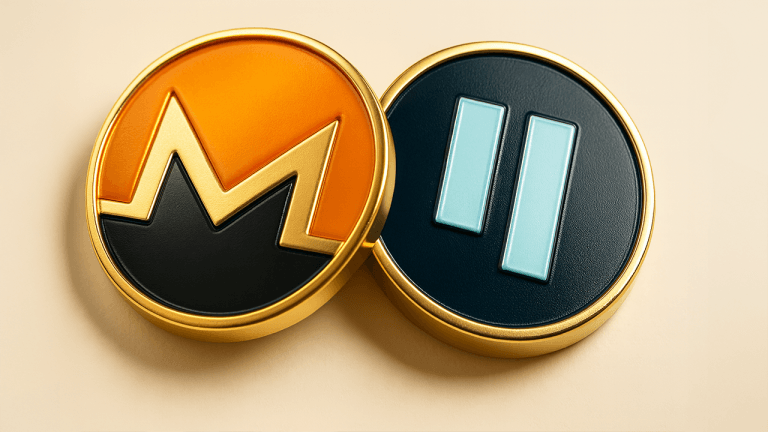
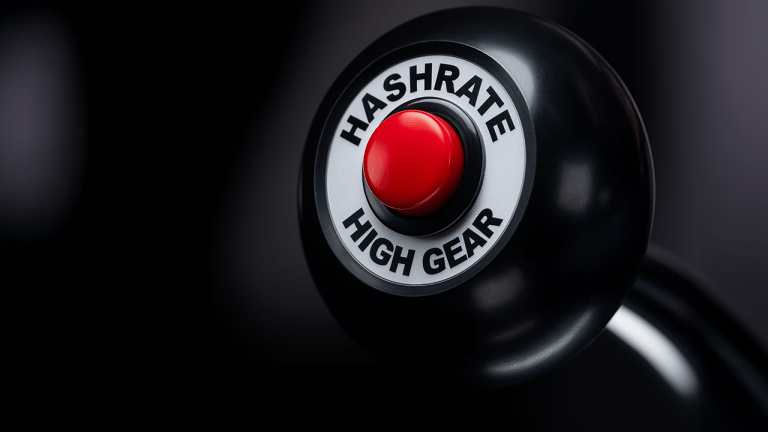

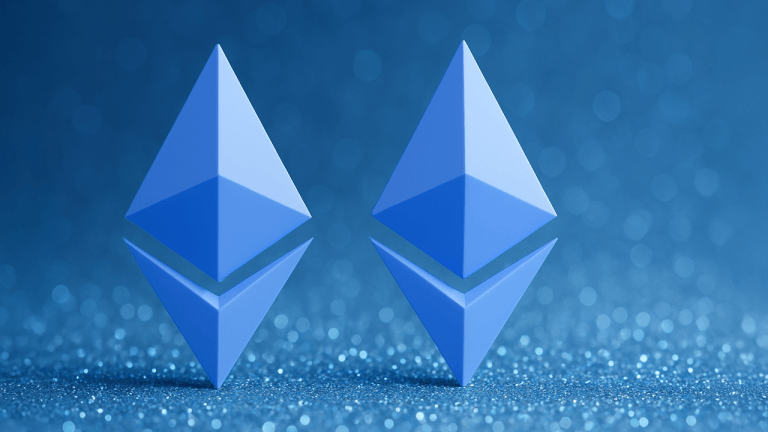



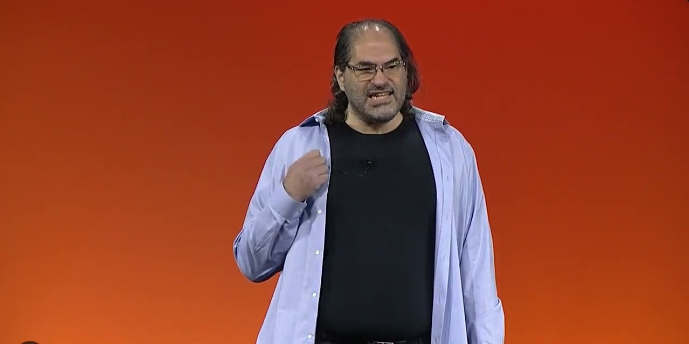
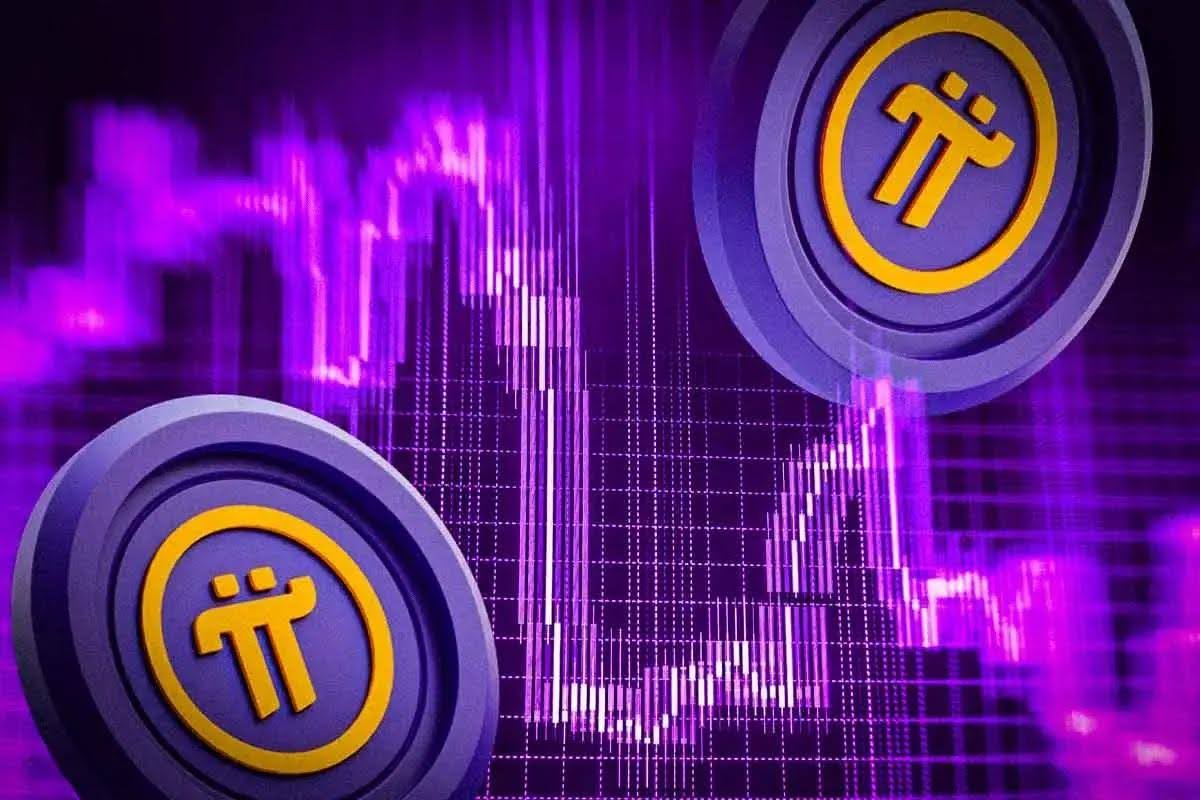
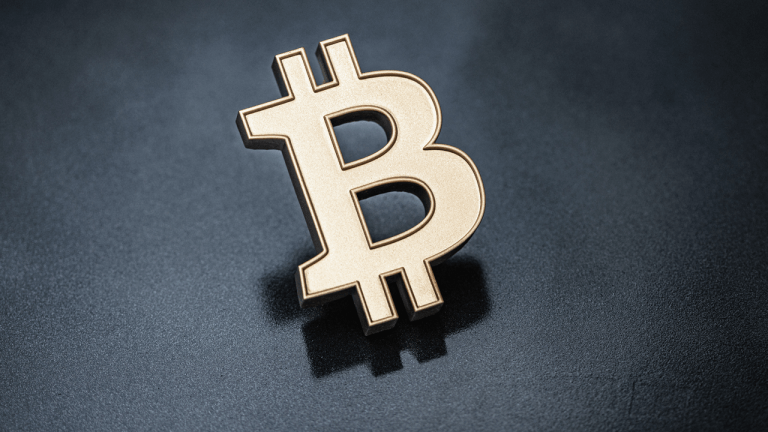
Comments